With 232 pages and an expanded 12″ by 12″ format, our biggest print issue yet celebrates the people, places, music, and art of our hometown, including cover features on David Lynch, Nipsey Hussle, Syd, and Phoebe Bridgers’ Saddest Factory Records, plus Brian Wilson, Cuco, Ty Segall, Lord Huron, Remi Wolf, The Doors, the art of RISK, Taz, Estevan Oriol, Kii Arens, and Edward Colver, and so much more.
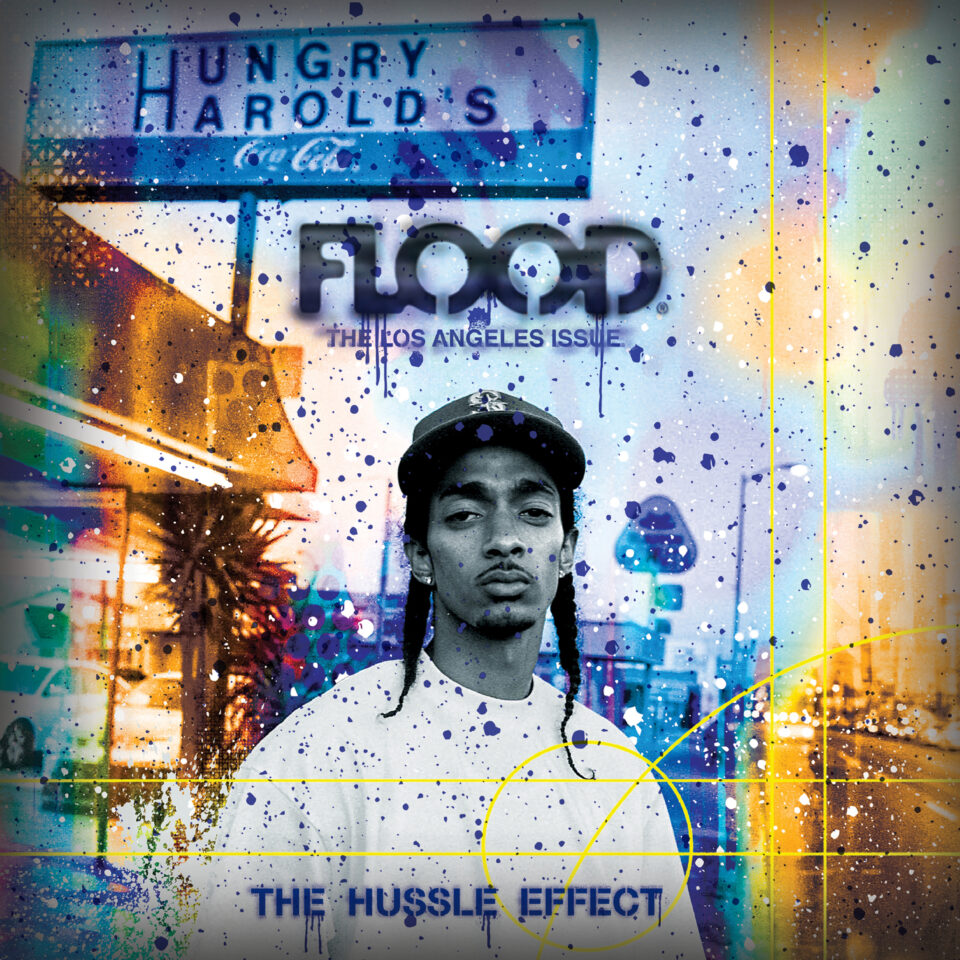
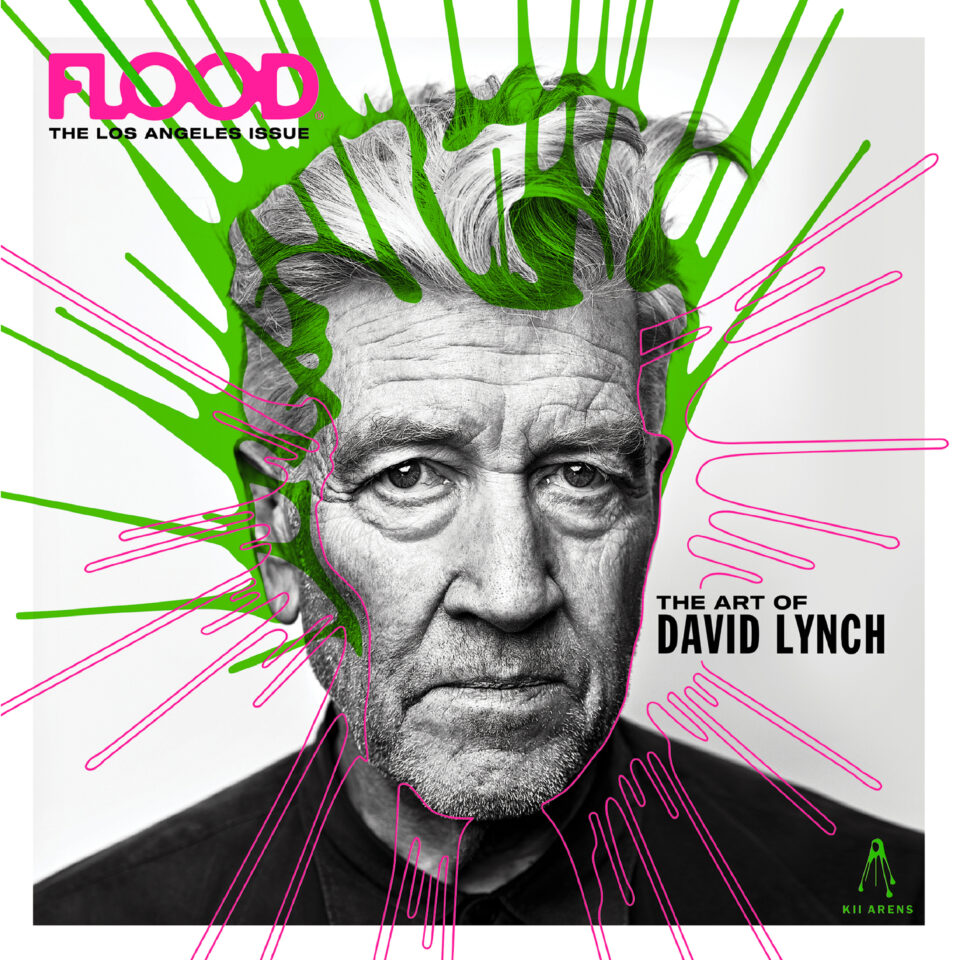
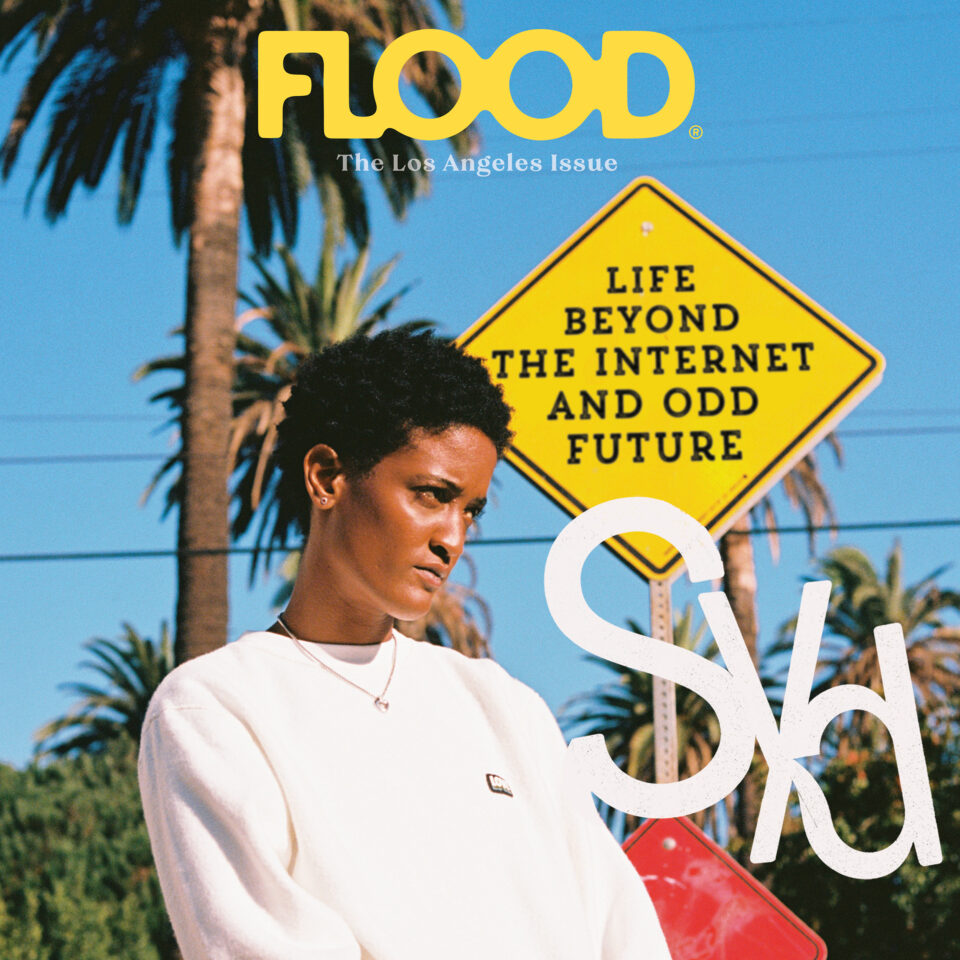
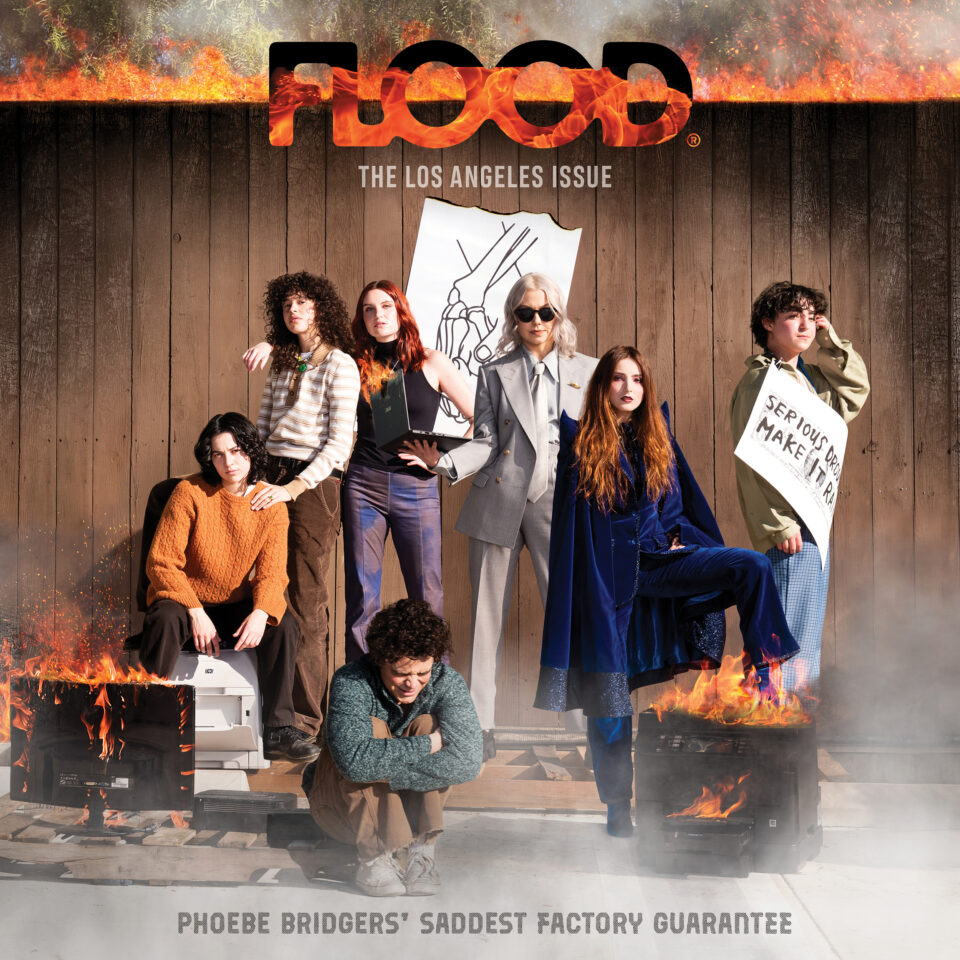
Photo by Michael Muller. Image design by Gene Bresler at Catch Light Digital. Cobver design by Jerome Curchod.
Phoebe Bridgers makeup: Jenna Nelson (using Smashbox Cosmetics)
Phoebe Bridgers hair: Lauren Palmer-Smith
MUNA hair/makeup: Caitlin Wronski
The Los Angeles Issue

Big Thief, Double Infinity
Ditching the homespun folk-rock sound of their last record for otherworldly, jazz-infused transmissions, the group’s sixth LP is obsessed with the beauty and inefficiency of language.

David Byrne, Who Is the Sky?
With the aid of Ghost Train Orchestra and Kid Harpoon, Byrne continues his trek across urban prairies to explore our goofball commonalities, the quirks of romance, and his own intimacies.
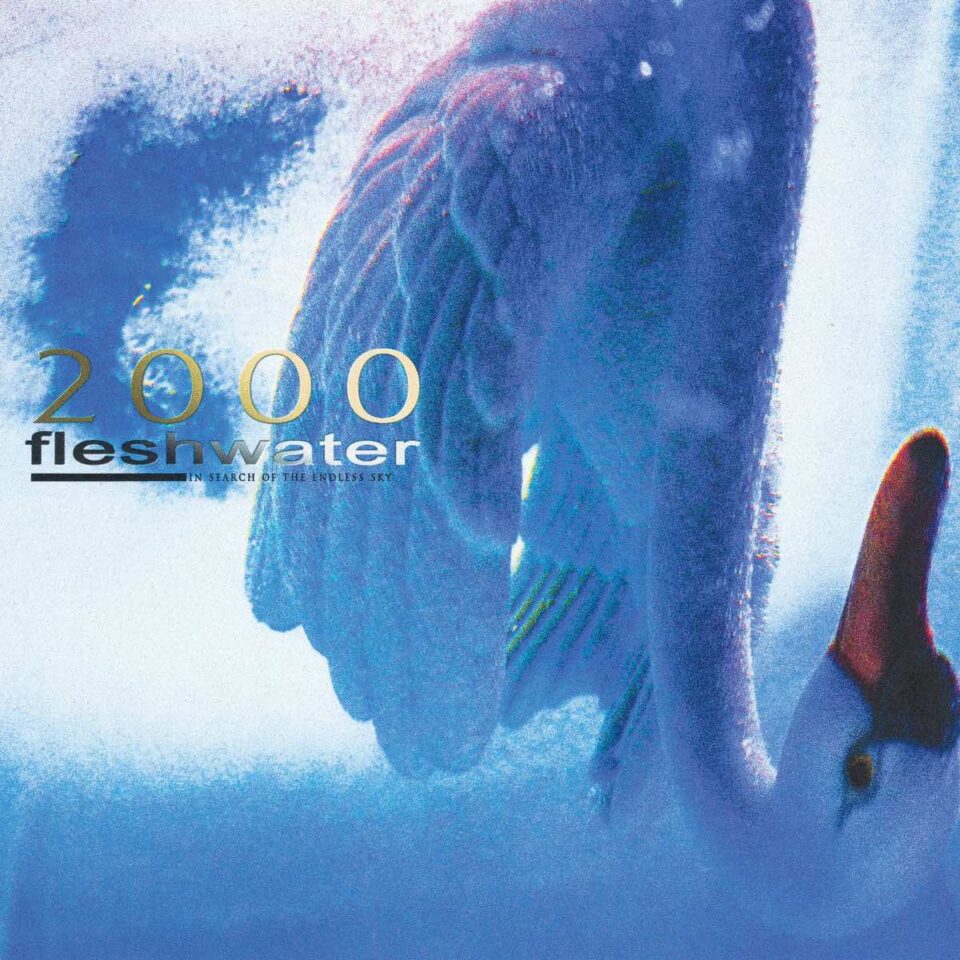
Fleshwater, 2000: In Search of the Endless Sky
The Massachusetts grungegazers settle on their sound with their second LP: a balancing of frantic energy with moody heaviness and an overall tone of passionately charged emo splendor.
Kyle Lemmon

These 12 tracks all point back to a pop artist not afraid to take some wild swings on her second album for her given name.

Katherine Paul finds a new sense of space within Swinomish traditional pow-wow music on her fourth LP as she explores themes of homecomings and reawakenings of mind and soul.

On his sixth album, the Saskatchewan-born songwriter continues to stub out his standby concepts of interpersonal trauma like used cigarettes.
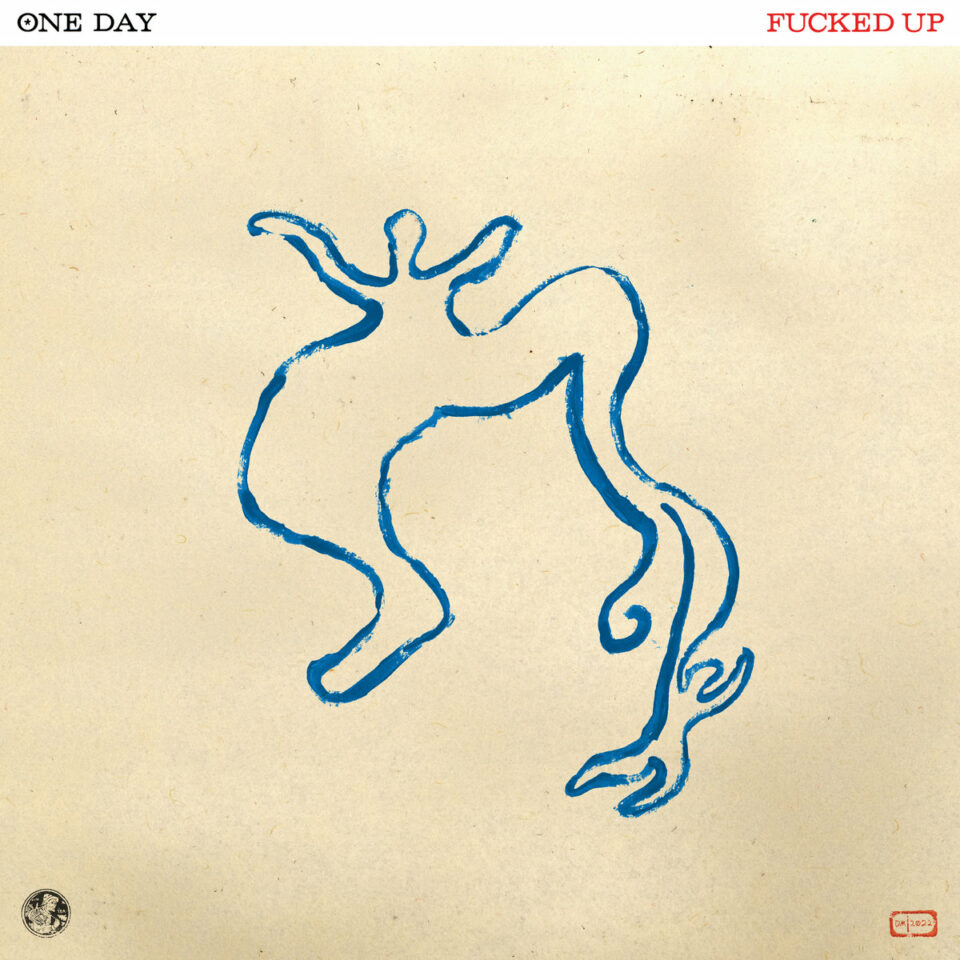
The Toronto hardcore-punk ensemble’s sixth album is the sound of restraining a powerful creative behemoth that wants to rip through the walls at any minute.

The songwriter’s fourth album is quite a desert trek, visiting longtime landmarks of country, rock, honky-tonk melodrama, and ’70s psychedelics along the way.
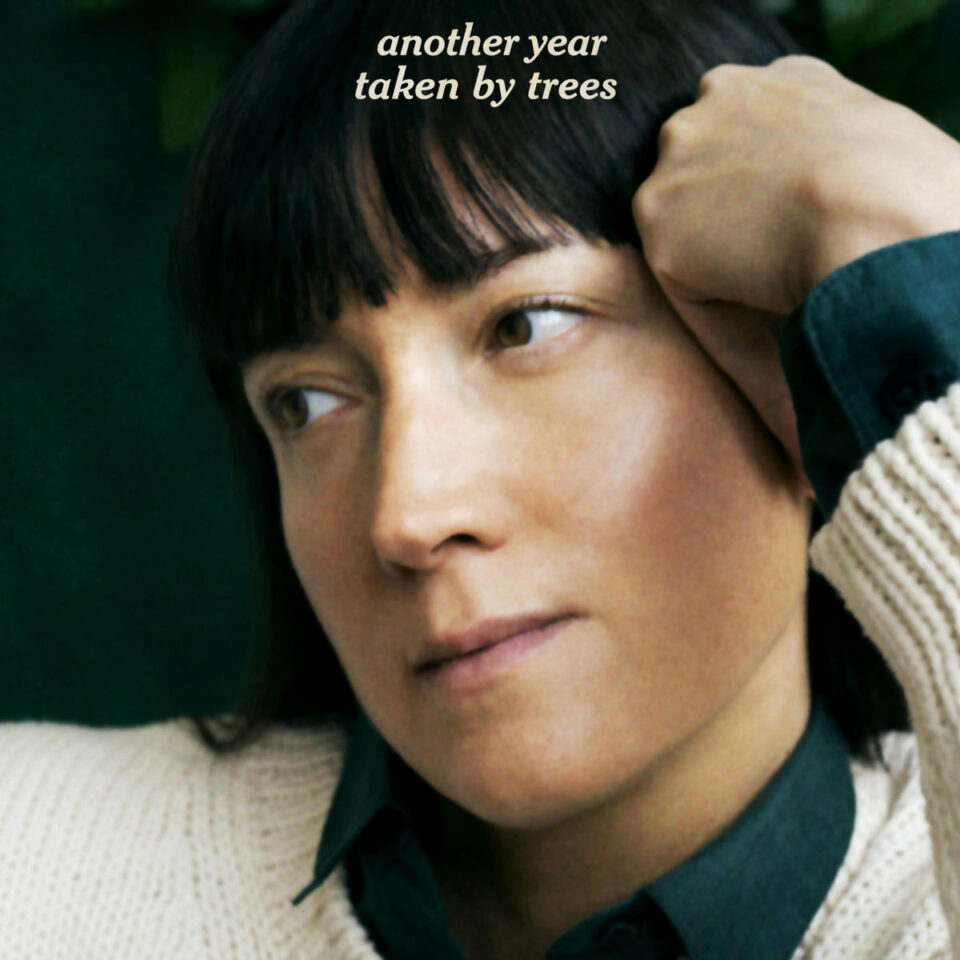
Victoria Bergsman’s incomparable alto range is the central draw for this wintery five-song collection of Colin Blunstone covers pulling from The Zombies frontman’s first two solo albums.

This limited-release singles collection housed in a wooden packing crate showcases a celebrated musician who didn’t rest on his laurels after The Beatles came to a formalized end.
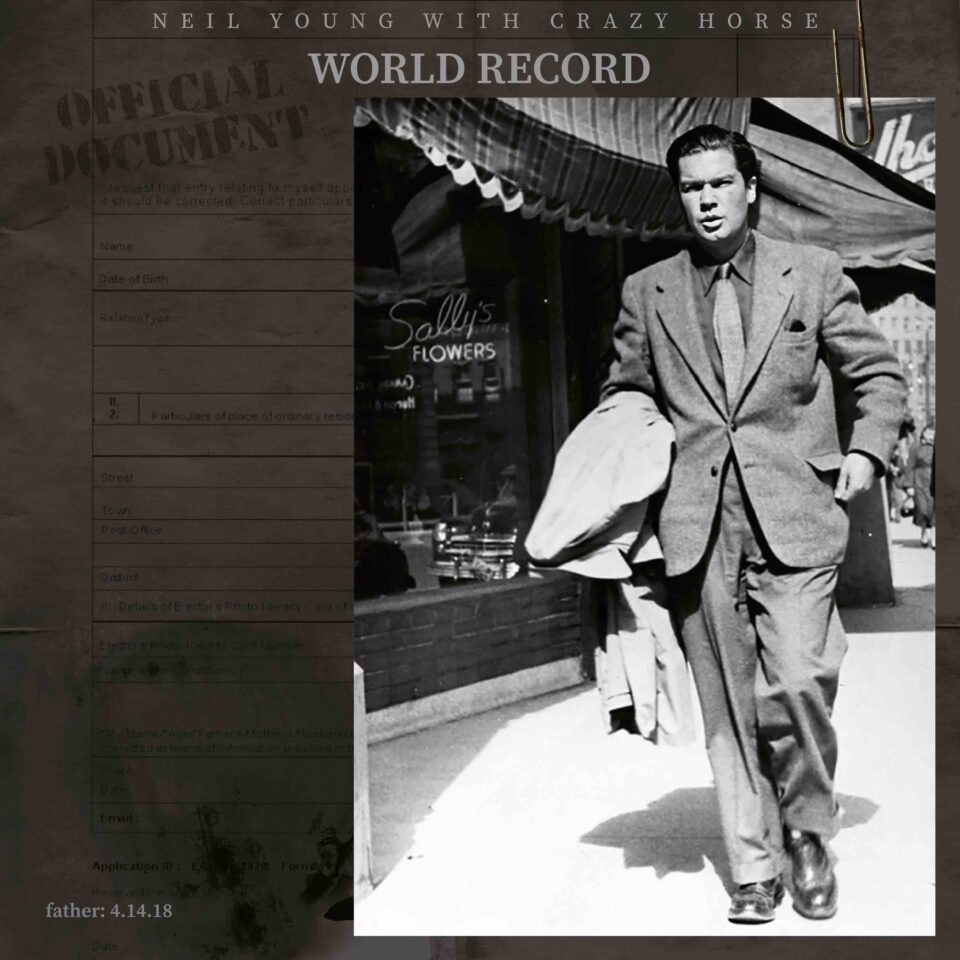
There’s certainly magic in some of the songs on Young’s 42nd album, but many of its moments are well-worn journeys through the past with a bit less punch and panache.

This electronics-heavy introduction to Chris Letissier’s new identity adds some transitory suaveness and sparkle to a well-established pop career.

Actors Banks Repeta and Jaylin Webb discuss James Gray’s semi-autobiographical film, their friendship on and offscreen, and more.

The exploratory minimalist songwriter’s third album is a cluster of nine nocturnal vapors released with the stark atmosphere of a folk-horror film.

This seventh LP grabs the French rockers’ usual bag of pop tricks and gives it a good shake, the 10 tracks breezing by with little room to stop and contemplate the contours of each one.

The UK group’s second LP snaps their post-punk mold into digestible moments of alt-rock, punk blues, and classic sophomore album experimentalism.

Along with his friend and collaborator Wilson, we look back on 20 years of Waits’ conjoined-twin albums Alice and Blood Money.
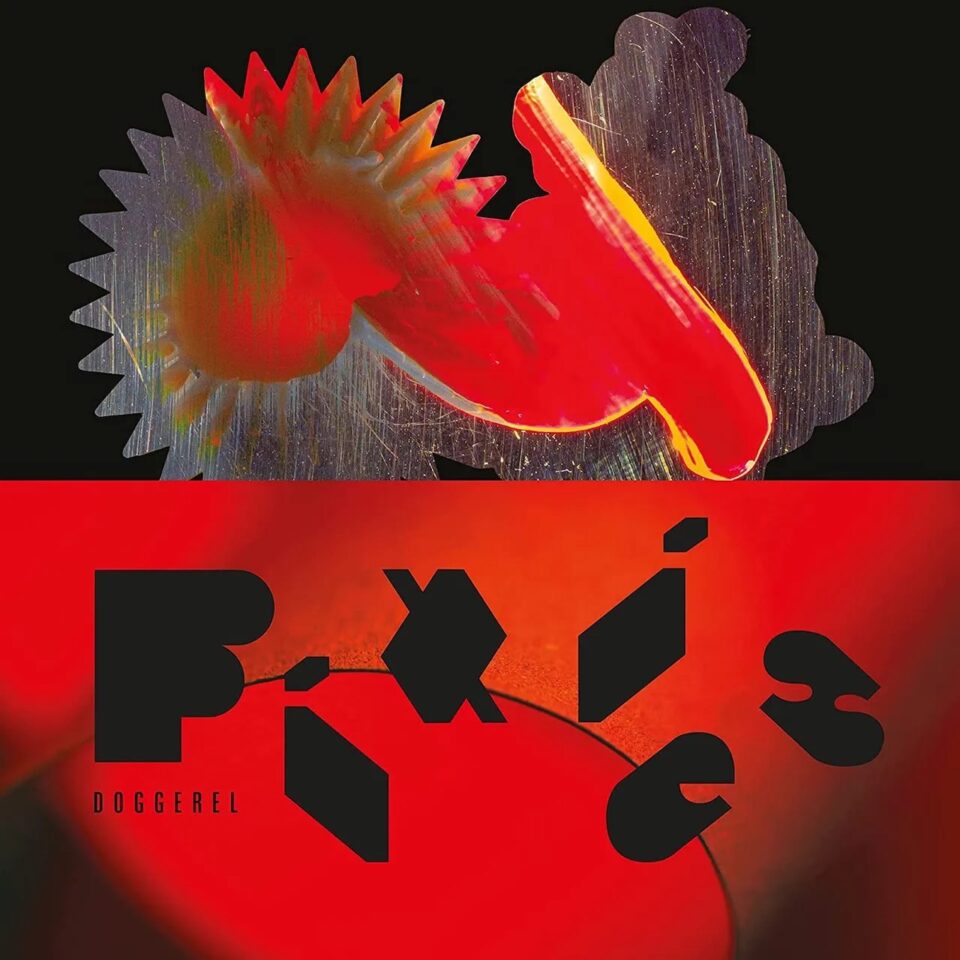
The eighth studio album from the alt-rock vets mostly sticks to its promise of bigger, bolder tracks, providing a handful of fluttering highs among their near-four-decade discography.

Doug Martsch discusses keeping it fresh after 30 years, his reflective ninth album When the Wind Forgets Your Name, and a quarantine love for The Legend of Zelda: Breath of the Wild.

Joe Goddard discusses evolving the spectacle of their recorded output and refining their craft on the band’s eighth studio album.

This remixed odds and ends collection is longer, denser, more disorderly, and less refined than the composer’s solo effort from last year.

These colorful, multilayered songs flow from Noah Lennox and Pete Kember as they avoid the prickliness of other pandemic releases.
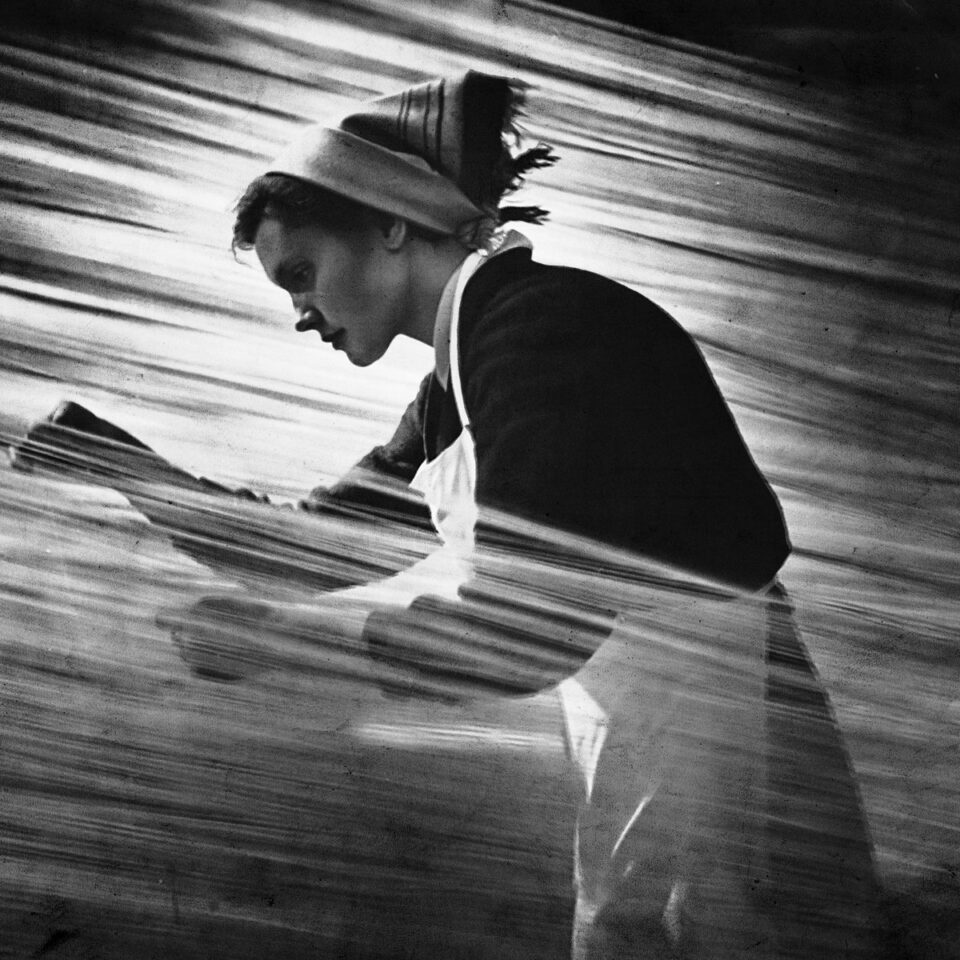
On his second album in less than four months, White leans into his softer side, oftentimes overshadowed by his blistering electric guitar solos.

